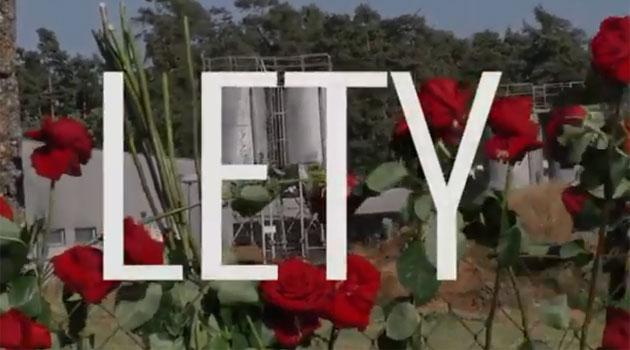Czech town installs brass tablets in pavement to remember the tragic wartime fate of its Jewish residents

Brass tablets have been added to the paving stones in the streets of Česká Lípa in order to draw attention to the tragic fate of the Jewish people who lived there before the Second World War. Nine such tablets were inlaid three years ago and another five were added this year on 6 May.
The tablets commemorate the names of residents and the dates of their births and deaths in concentration camps during the war. Kristýna Kňákal Brožová, spokesperson for the town hall, explained their significance to the Czech News Agency on the occasion of their unveiling.
“Jewish people were an integral part of the town before the war, quite a numerous Jewish community was living here. Unfortunately, any traces of their lives were irreversibly erased by the war, their violent deportations, and their deaths in concentraiton camps. It is necessary to commemorate the dark moments in our history, because the younger generation must learn from them and never allow something similar to be repeated. Thanks to these tablets with the names of the Jewish people who died at that time being inlaid into the sidewalks of Česká Lípa, these people are once again becoming part of our everyday lives,” said Czech Mayor Jitka Volfová (ANO).
The day for unveiling the new tablets was not chosen randomly by the town hall. “On 6 May 1945, 17 bodies of Jewish victims of the death march from the Schwarzheide camp to Terezín were unloaded from a wagon at the train station in Česká Lípa. To honor this sad event, the town has regularly been holding a commemorative ceremony called ‘Jewish Česká Lípa’. Given the measures in place to combat the pandemic, it is not possible to hold that event this year, and for that reason we are at least symbolically marking this day in this way,” the spokesperson said.
The inspiration to install the tablets was the project called “Stones of the Disappeared” (Kameny zmizelých). Such stones are also called “stolpersteine” (“stumbling stone” or “stumbling block”),.cobblestones with a bronze surface that are installed into sidewalks as per the project of that name by the German artist Gunter Demnig.
In 1992, Demnig came up with the idea of installing memorial stones in the sidewalks in front of the homes where Holocaust victims once lived before the war. He installed the first such stone in front of the town hall in Cologne, so that “one’s gaze would stumble across it”.
Ever since then, similar stones have been installed all over Europe. The fate of the Česká Lípa community of Jews is also being commemorated through a special brochure designed by the Česká Lípa Regional Tourist Information Center.
“The texts for the brochure were collaborated on by Česká Lípa historians Ladislav Smejkal and Tomáš Cidlina. It will be publised in three languages, Czech, German and English, and it will teach those who are interested about the history of the Jewish population in our town and about Jewish cultural heritage sites,” the spokesperson said.
